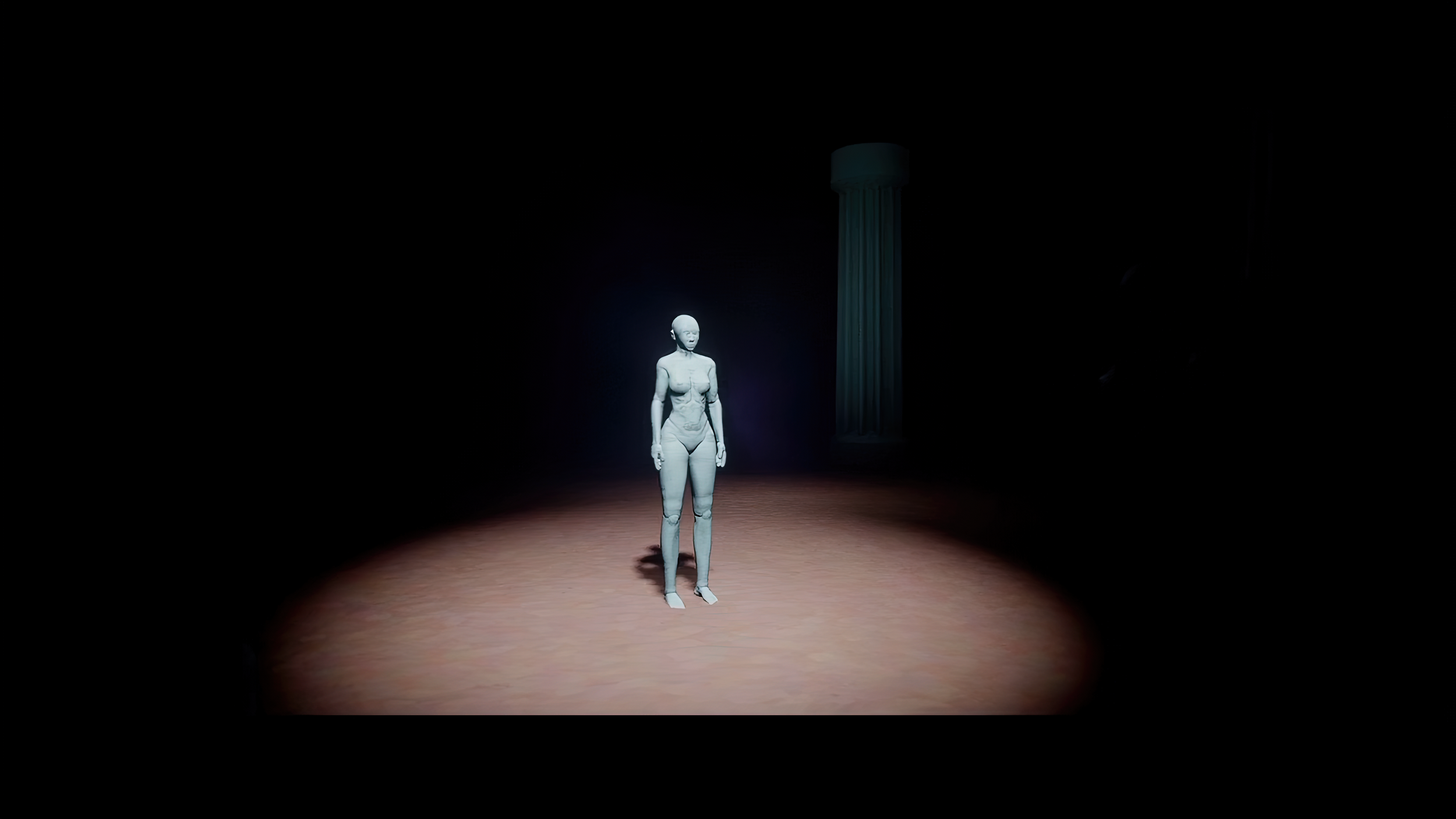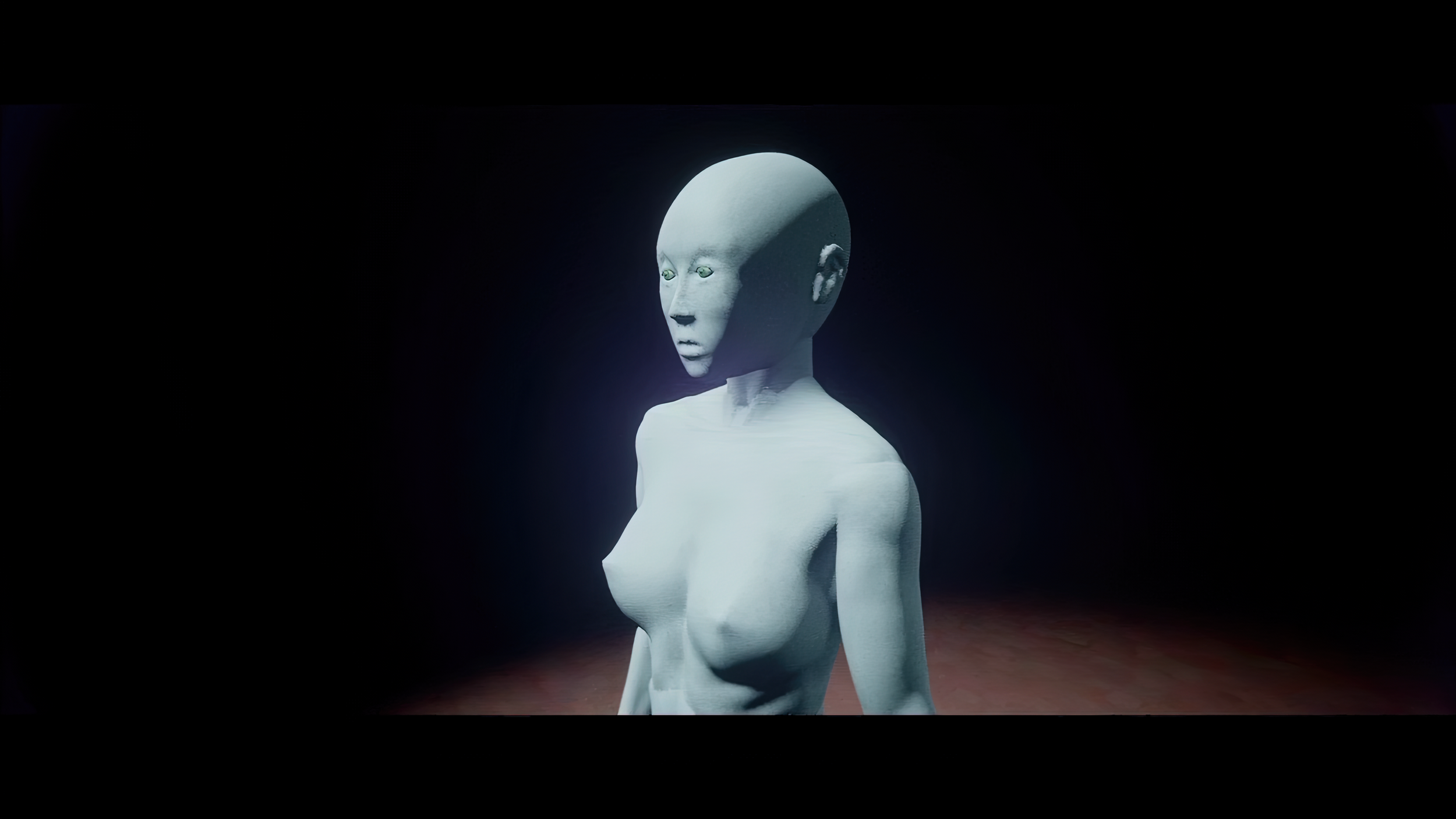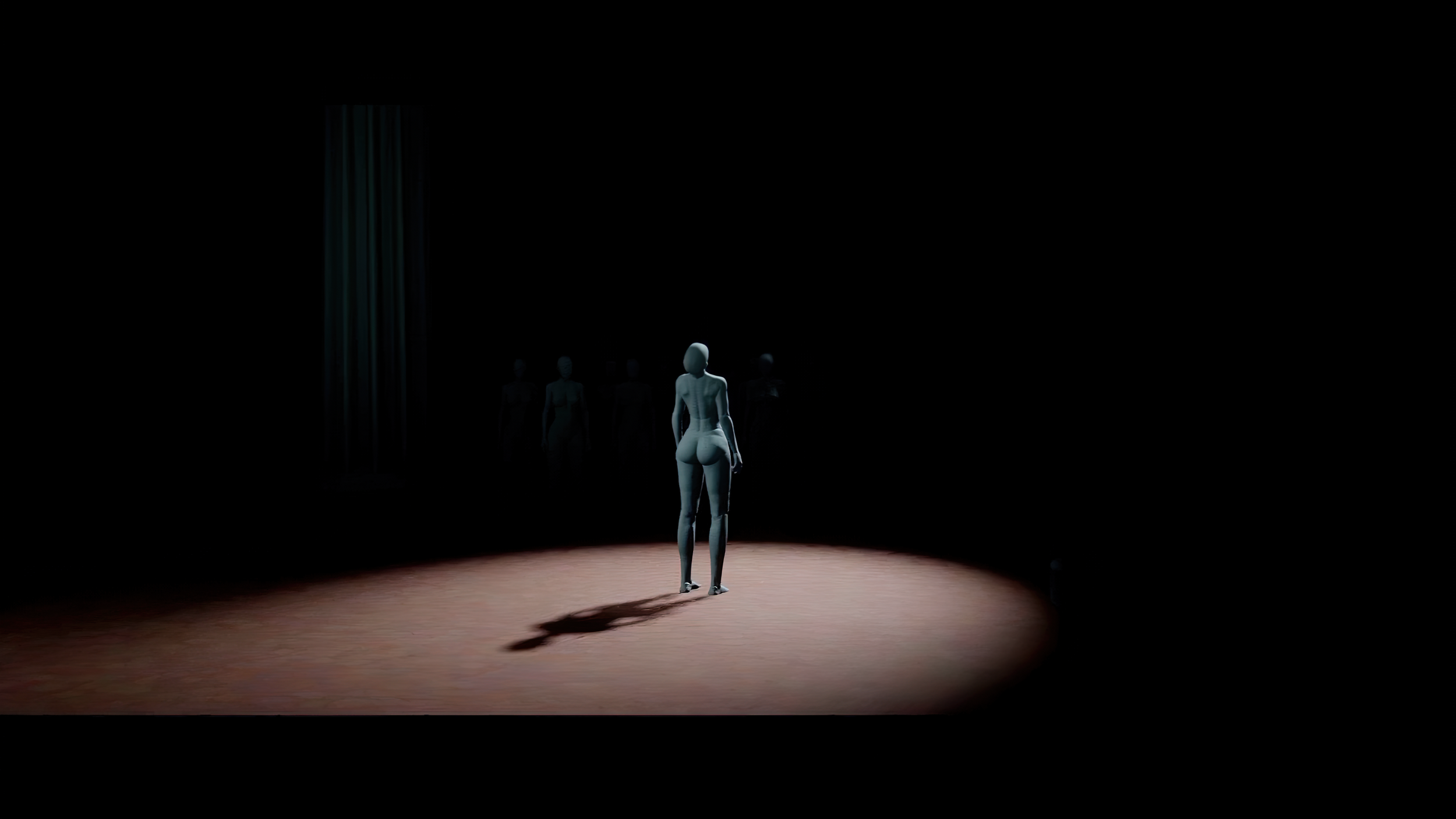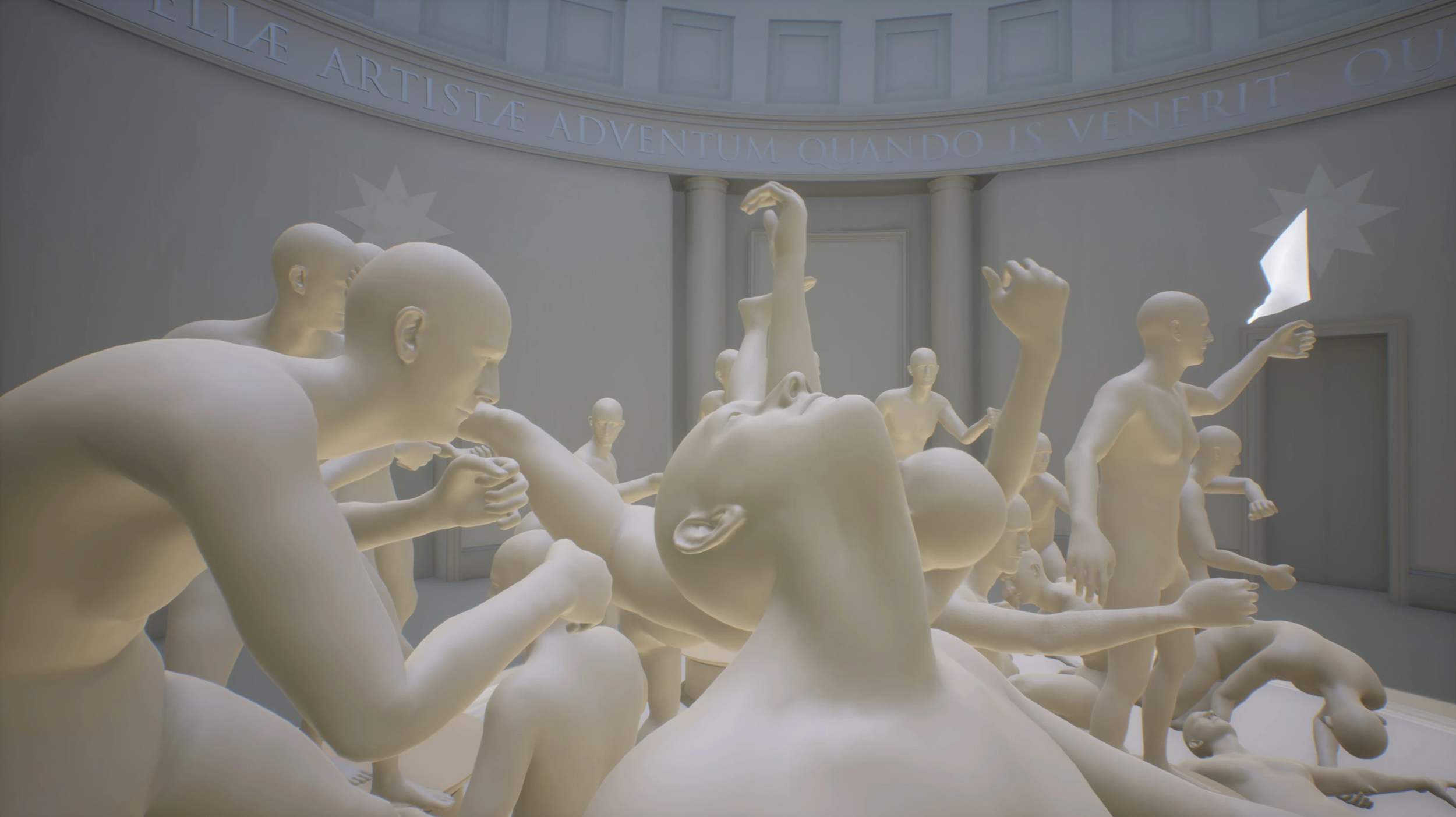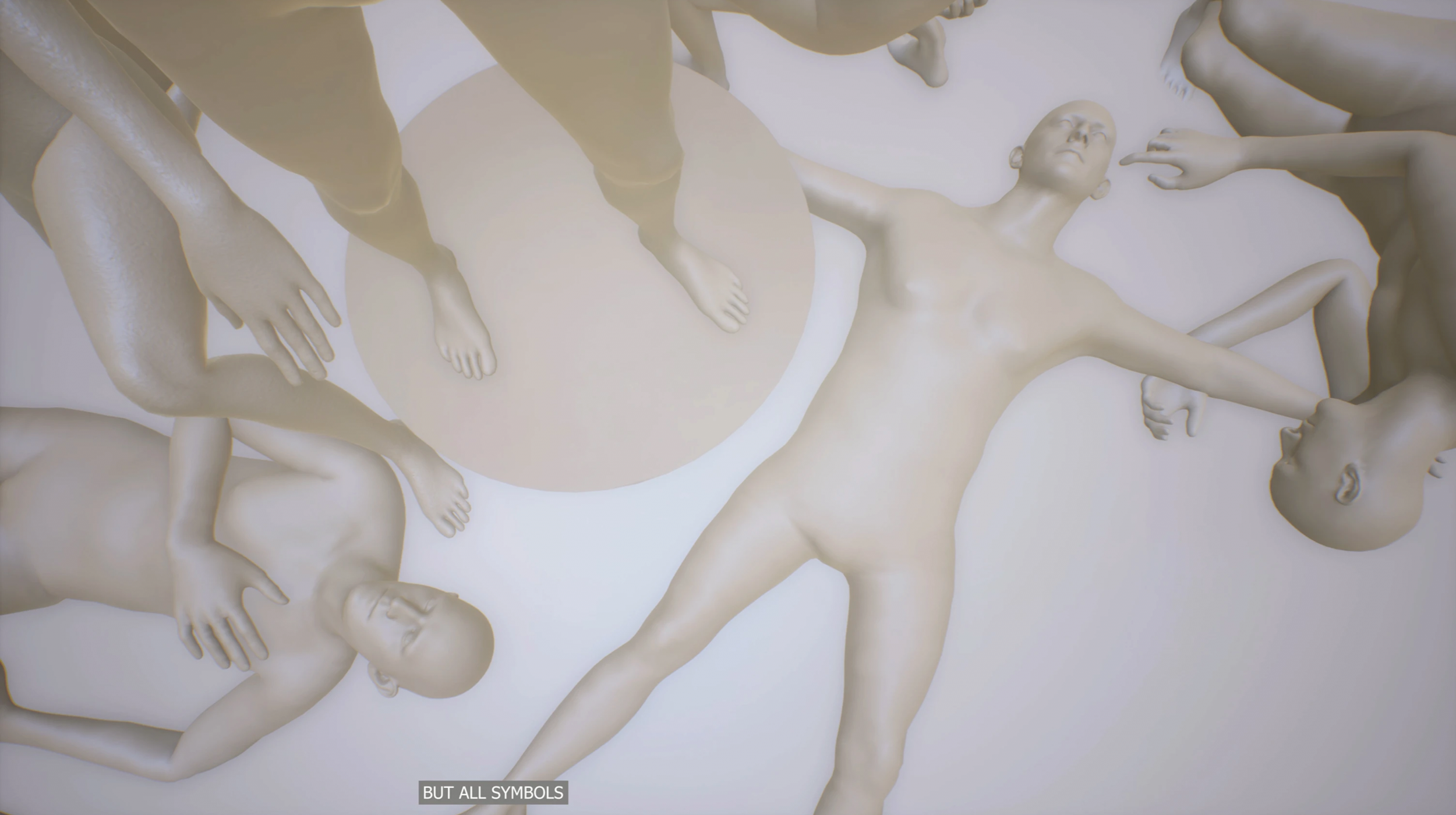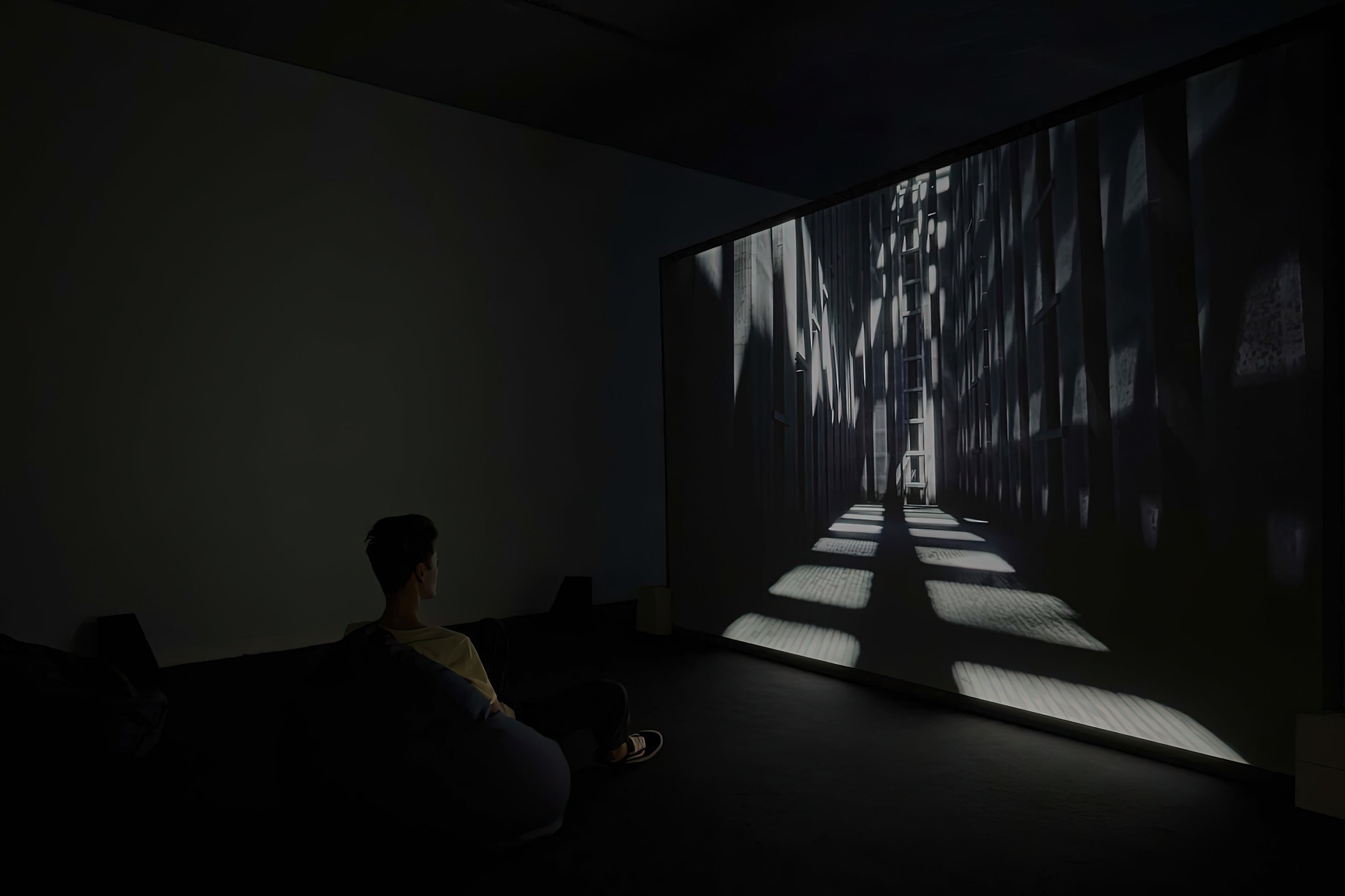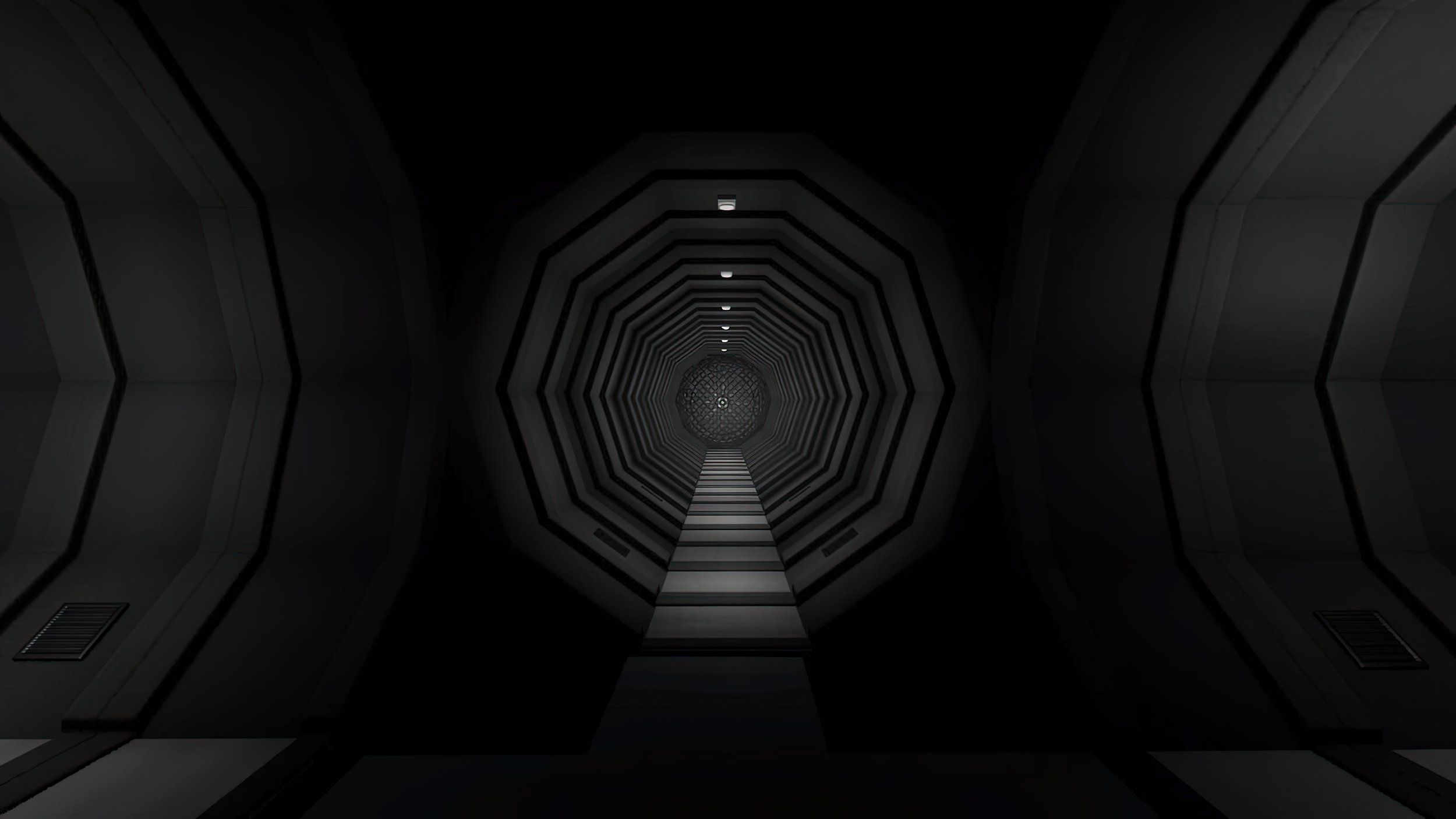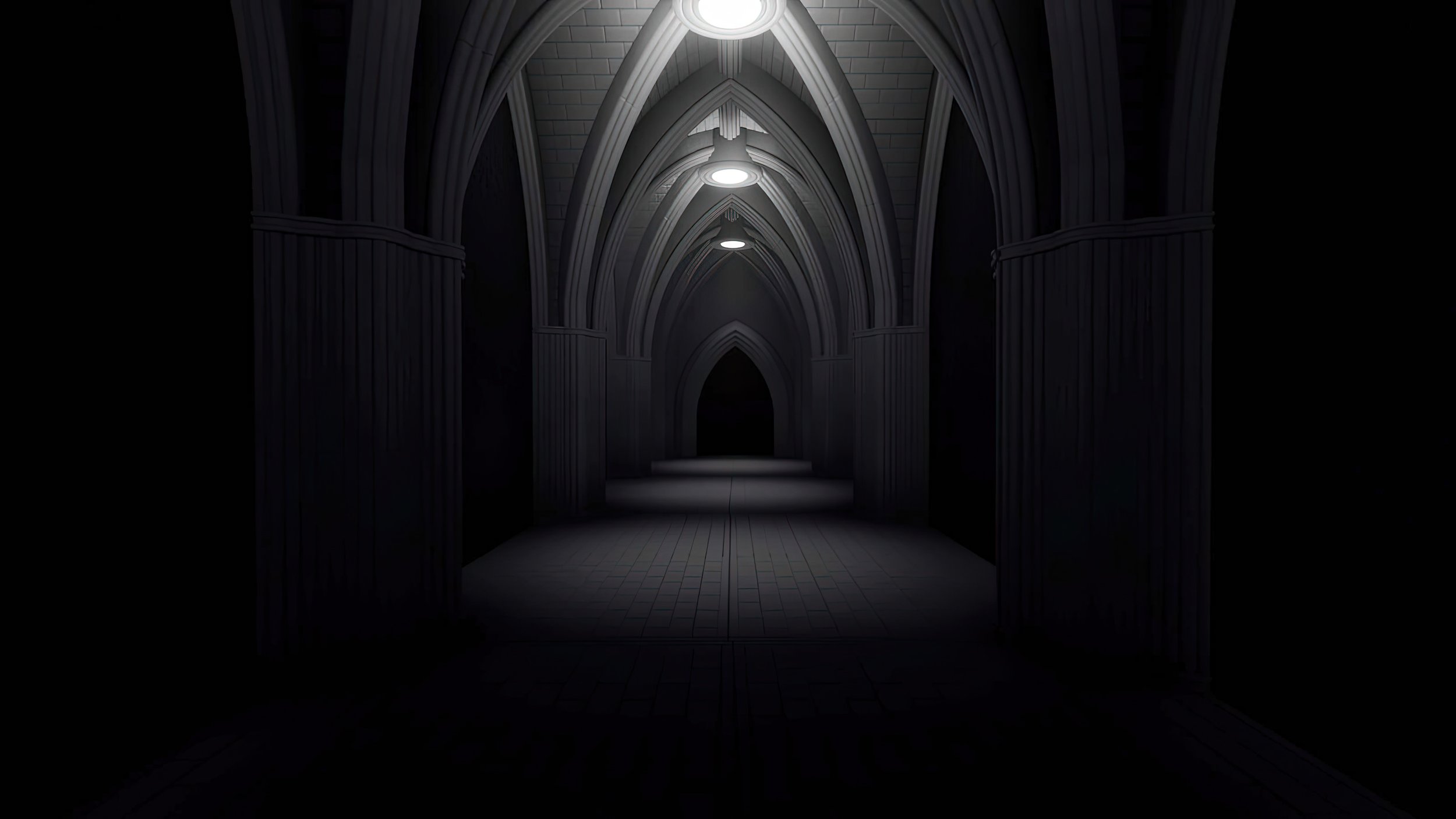PATREON-EXCLUSIVE CONTENT
〰️
PATREON-EXCLUSIVE CONTENT 〰️
As part of our ongoing coverage of Natalie Maximova’sThe Edge of the World, currently exhibited on VRAL, we are delighted to present an essay about Maximova's video piece Episodes (2021).
In recent years, within the context of contemporary art, the appropriation and recontextualization of video game assets has emerged as a powerful practice for artists to explore themes of identity, technology, and digital aesthetics. Through the repurposing of these virtual elements, artists navigate the complex terrain between video art and gaming, forging new pathways of artistic expression and broadening the very definition of machinima. This convergence offers a fertile ground for critical reflection, inviting viewers to ponder both the potential and the limitations of increasingly popular simulated horizons.
One notable exemplar of this artistic investigation is Elaine Hoey’s 2019 mesmerizing video work, Animated Positions. The piece prompts viewers to reconsider the underlying frames and symbolism ingrained within traditional art by juxtaposing it with the domain of video games. Specifically, Hoey delves into the tradition of 19th-century European nationalist paintings, unraveling the intricate role of art in the representation of jingoistic patriotic ideals that have acquired cultural symbolism in nation-state formation. Breathed anew, the bellicose postures and poses of male figures depicted in these historical paintings come to life through character animation sourced from the popular first-person shooter Call of Duty by Activision Blizzard. By comparing digital reenactments of war-like stances with the traditional aesthetics of nationalist art, Animated Positions defies romanticized notions of nostalgia associated with the nation-state, offering a critique of the pervasive violence underpinning modern nationalistic ideologies and the glorification of aggression found in mainstream video games.
When I say that Animated Positions exemplifies the practice of artistic decontextualization, I mean that Hoey skillfully appropriated characters’ animations from their original context, i.e., video games, thereby altering their meaning and relevance as she inserted it somewhere else, i.e, a specific Western tradition of sculpture and painting. The artist employs the strategy of decontextualization to illuminate and offer alternative interpretations by removing an element from its usual context, associations, and intended uses. For example, this approach suggests a connection between the artworld and the gaming milieu, particularly regarding representation. Furthermore, it implies that both art and games can function as forms of propaganda, even if they are not commonly recognized as such. Additionally, the artist proposes that the conventional distinction between high art and the vernacular lacks foundation, as they share similar themes, values, and objectives. Ultimately, Hoey’s use of decontextualization serves as a creative strategy to disrupt prevailing narratives, question societal norms, and foster critical engagement. Animated Positions reframes and reinterprets familiar ideas, inviting viewers to contemplate different perspectives and rethink the underlying assumptions or principles attached to the decontextualized items.
Natalie Maximova’s equally thought-provoking work, Episodes, is another compelling example of critical decontextualization through the repurposing of video game assets…
Matteo Bittanti
This is a Patreon exclusive video. To access the full content consider joining our growing community.


